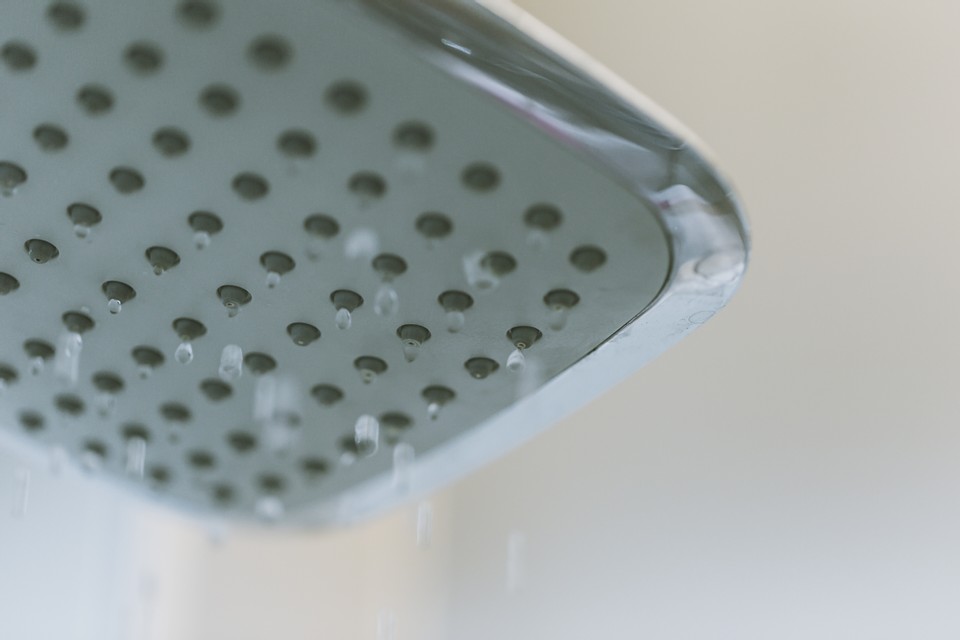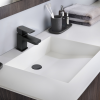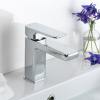How to check your water pressure
To create the perfect bathroom experience, you will need to decide what type of taps and shower to select. But, before you look at things such as style and colour, you must ensure that any fixtures you choose work.
The last thing you want is to spend a fortune on a beautiful shower, only to find that it struggles with water flow, or to discover too late that it loses power when someone turns on a tap elsewhere in your home. A stylish tap or shower that fails to produce anything more than a trickle will not deliver that all-important indulgent bathroom vibe.
Similarly, water pressure that is too high can also cause problems such as burst pipes and other fixtures. It is not uncommon for a radiator to start leaking due to a boost in water pressure after installing a more powerful boiler, for example.
But how do you check the water pressure in your home?
What is water pressure?
Water pressure is created when water flows upwards through pipes. The pressure that forces the water in your home will impact the flow of water from your taps and shower. Water pressure is measured in ‘bar’ or ‘psi’.
Several factors determine water pressure, including where your home sits in relation to the nearest water supply, whether water travels uphill to get to your home and the height of your property. Water pressure can reduce in prolonged spells and at periods of high demand throughout the day. Even things like your neighbours doing plumbing work could affect the supply to your home.
Of course, these causes are not easy to solve by yourself. But there are things you can do to improve your water pressure. Installing and maintaining a good quality plumbing and heating system will ensure that no water is lost once it reaches your home.
Why do you have to know about water pressure?
Low water pressure can be frustrating. Simple tasks like filling a kettle or taking a bath can take much longer without an adequate water supply.
Likewise, different types of taps and showers function better depending on the water pressure, with some more modern showers and heating appliances refusing to work if the water pressure is too low.
The water pressure in your home is also likely to be different on different floors. For example, water pressure tends to be better on lower levels.
What is your home’s water pressure?
The easiest way to test your water pressure is to use a gauge fixed to a tap in your home. This will give you a water pressure reading. A plumber can run this test for you if you are not sure how to use the gauge yourself. You can also call your water supplier to ask about your home’s water pressure.
Alternately, to quickly check if the water supply in your home is adequate, you can run a quick test. To do this, you will need:
• A one-litre jug
• A timer
PREPARATION IS ESSENTIAL
• To ensure you get the maximum pressure possible, check that your internal stop tap is fully open. This is usually located under the kitchen sink.
• Make sure that all your taps (except the one you are testing) are turned off. You can do this via the isolation valves underneath the taps.
• Make sure any appliances that use water (e.g. a washing machine, dishwasher etc.) are turned off.
• Check your fixtures and fittings to ensure that there are no leaks.
TEST YOUR WATER PRESSURE
• Turn the test tap (this should be a cold-water tap) all the way on and time how long it takes the water to and fill the jug.
• If it takes around six seconds, your water pressure should be adequate. Any more than this, and you could have low water pressure.
If you have good water pressure in your home, you should be able to purchase any modern taps and showers you want. But, if you find that your water pressure is low, we recommend seeking advice from a plumber/merchant to check whether the fixtures will work efficiently. There are also ways to boost water pressure, so it is always worth getting advice from an expert.











